We invite you to follow the effects of joint work of the partners from Poland, Belarus and Ukraine within the PBU Programme, made possible thanks to co-funding from the European Union.
![]()
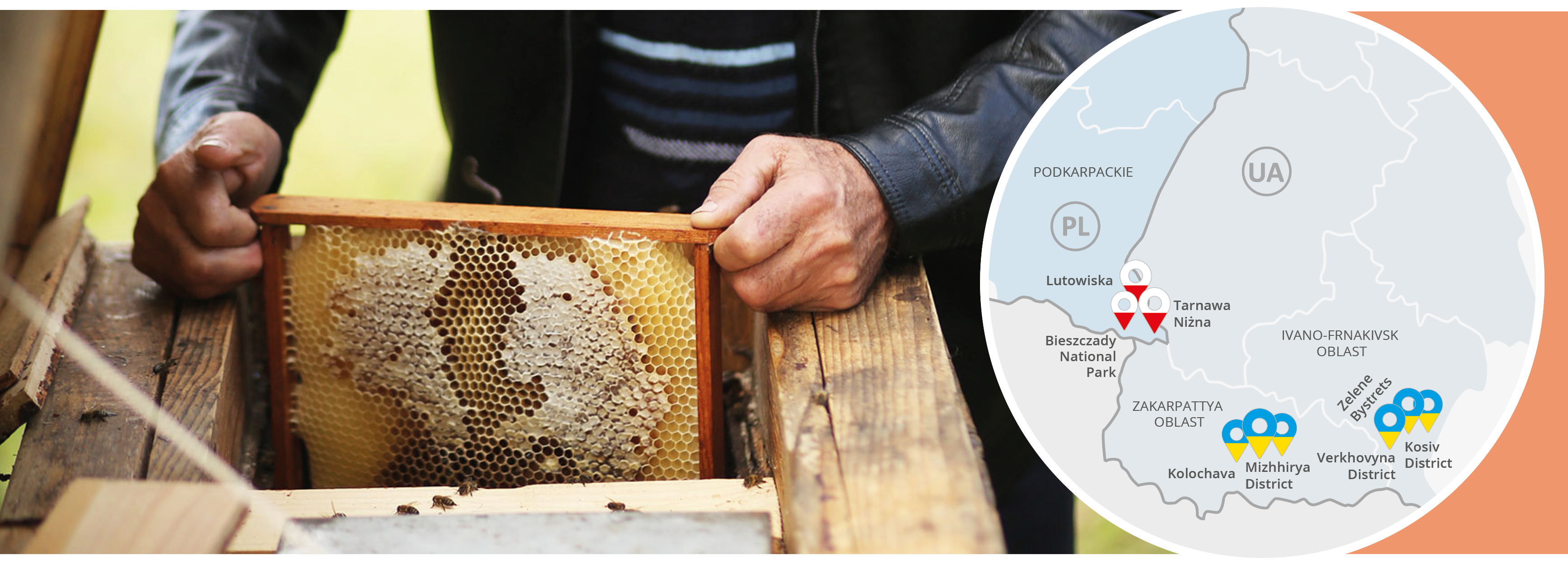
The Carpathian bee has a gray-colored body of medium size and a fairly long uvula (about 6.65 mm). This bee is characterized by gentleness, moderately intense colony development and relatively low swarming, so it is predisposed to produce larger amounts of honey. Its produced honey is one of the typical local products of the Carpathian region.
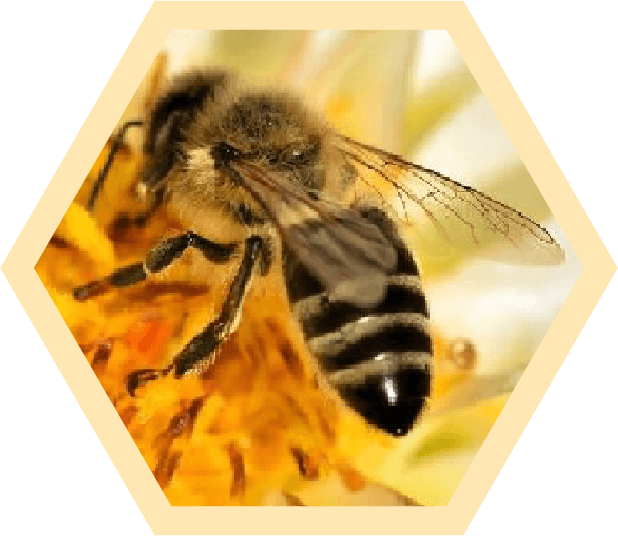
The micro-project "Carpathian bee — joint actions for preservation of unique natural heritage in Ukrainian-Polish borderland" (acronym CarpathianBee) was created to protect this extraordinary creature that is part of the local natural heritage, popularize beekeeping and traditional bee products. The project created a holistic approach to the preservation of the local breed of indigenous Carpathian bees along with the promotion of beekeeping traditions in the Carpathians and interest in beekeeping among young people.
More information about the CarpathianBee project can be found on the website in the 'Projects' tab.
![]()
![]()
![]()
SCIENTIFIC AND MONITORING EXPEDITIONS TO HIGH MOUNTAIN APIARIES OF THE CARPATHIAN REGION
As part of the project's implementation, two scientific-monitoring expeditions were organized to apiaries located in high mountainous parts of the Carpathian Mountains. Their main task was to determine the racial composition of the apiaries and how the breed changes over several seasons. In order to encourage the cooperation of local beekeepers from the villages where the Carpathian bee samples were collected, leaflets with basic information about the project and the problem of preserving the native breed of Carpathian bees were prepared for them.
Thanks to the project, 30 embryo (mother) hives and specialized equipment for rearing bees were purchased. They allowed about 30 local beekeepers to become actively involved in the work of preserving and developing the Carpathian bee species.
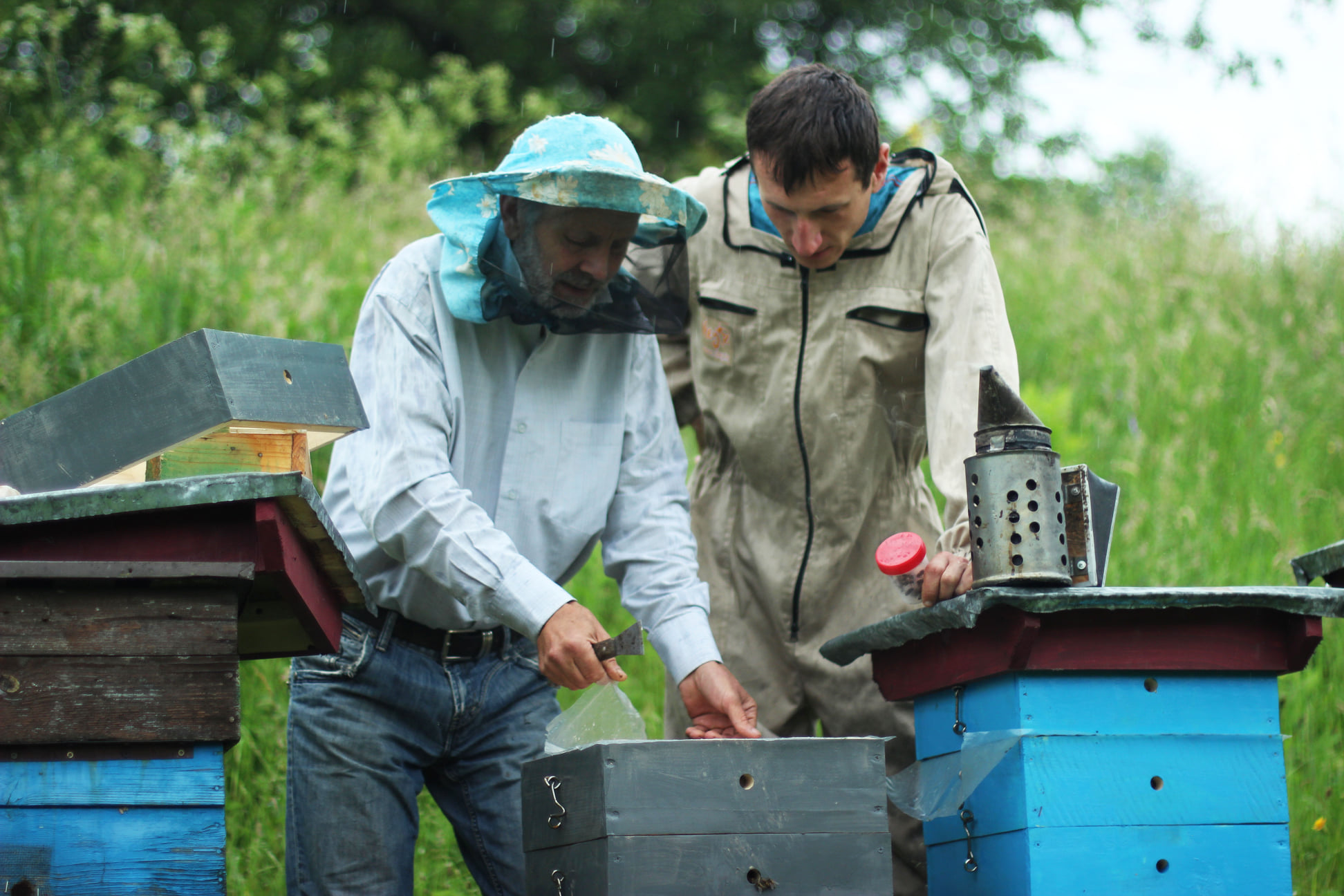
![]()
![]()
INFORMATION AND CULTURAL CENTER - PERMANENT OUTDOOR EXHIBITION
Carpathian apiary in the historical context - from a hollow to a "smart hive"
The centers were established in:
Equipment for the outdoor exhibition was purchased. The 12 old hives placed in the exhibition area were renovated. Several different types of hives were purchased to show the beekeeping traditions in different regions of the Carpathians. It was purchased and installed on the basis of one of the "smart hive". It allows obtaining honey directly from the hive without external interference with the livelihoods of the bee colony. Protective suits were purchased for those visitors who are afraid of close contact with bees.
![]()
![]()
CARPATHIAN HONEY FESTIVAL
The festival drew attention to the problem of preserving the original breed of Carpathian bees, promoted beekeeping, local honey and other bee products. Beekeeping traditions of various communes of the Carpathian region were presented as part of the festival.
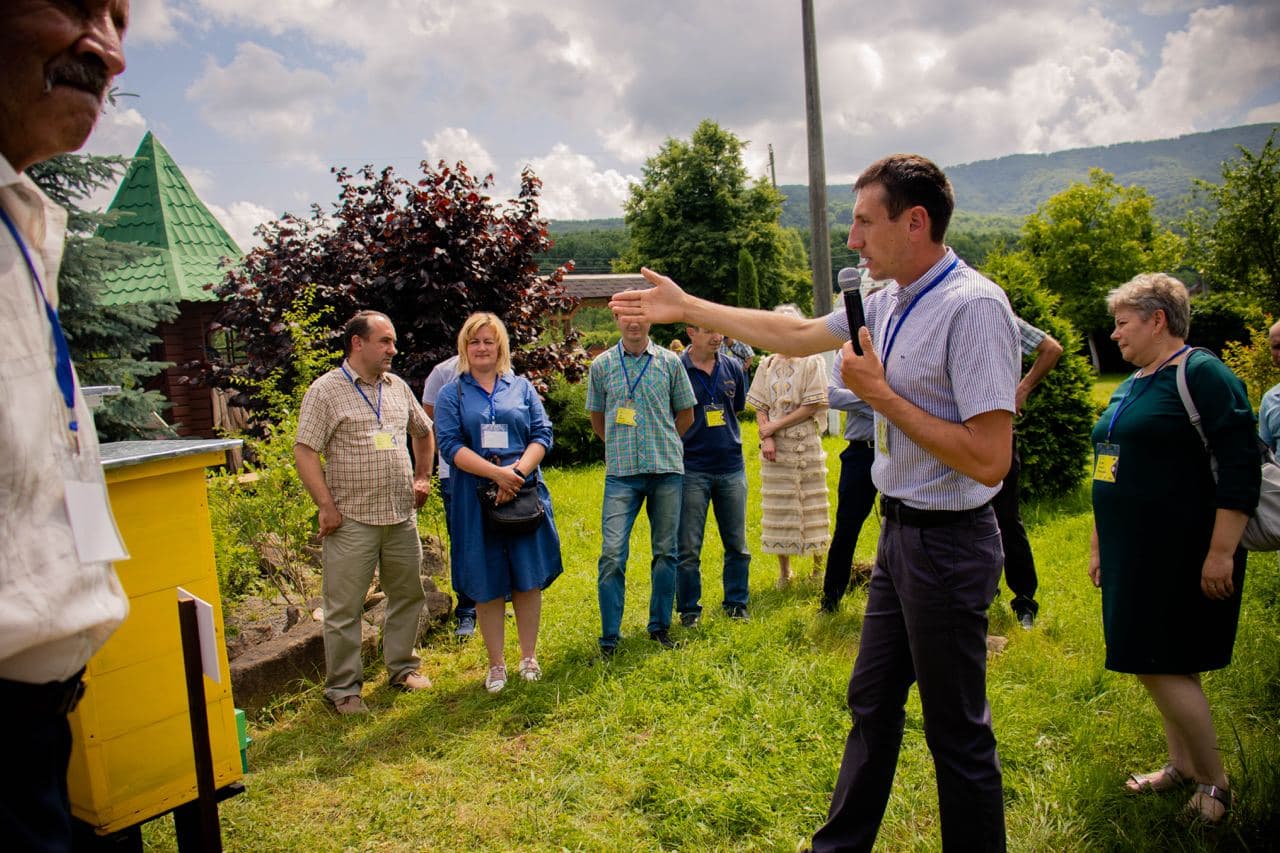

![]()
BEESWAX CANDLE-MAKING WORKSHOP
The workshops took place in Ustrzyki Dolne and the village of Łodyna. Participants in the Bieszczady apiary heard about Old Polish beekeeping, watched a show of the hive and all equipment used by a beekeeper, and an overview of the bee colony. They discussed the functions of the apiary, the beekeeper's tasks and the life cycle of bees and their role in the natural environment. On the second day, they smelt beeswax candles.
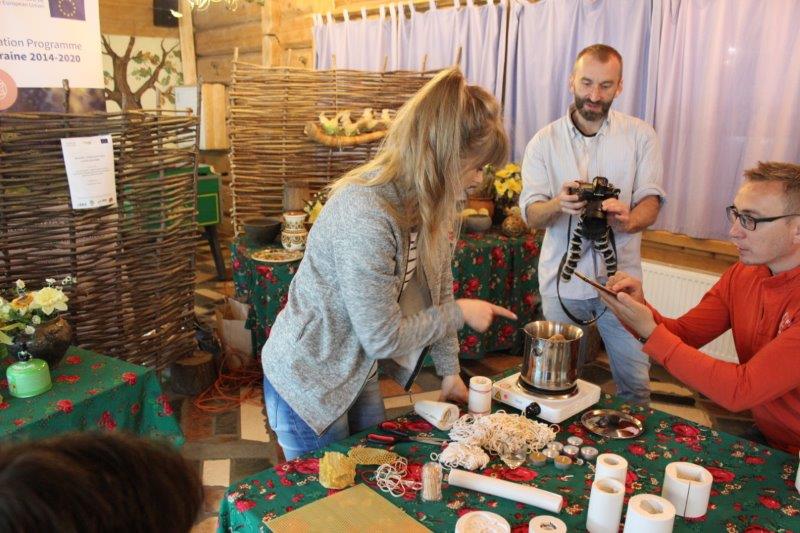
![]()
FINAL CONFERENCE
The conference was attended by people involved in beekeeping and tourism. The results of the research on the population of the indigenous Carpathian breed of bees conducted within the project were presented. Three invited speakers - experts in the field of tourism, beekeeping and promotion presented to the conference participants ways of developing apitourism in the Carpathians, the use of beekeeping as an instrument of promoting the region.
![]()
![]()
CARPATHIAN HONEY TRAIL
Five tourist routes were created as part of the project. They cover the main tourist destinations associated with the history and presence of beekeeping:
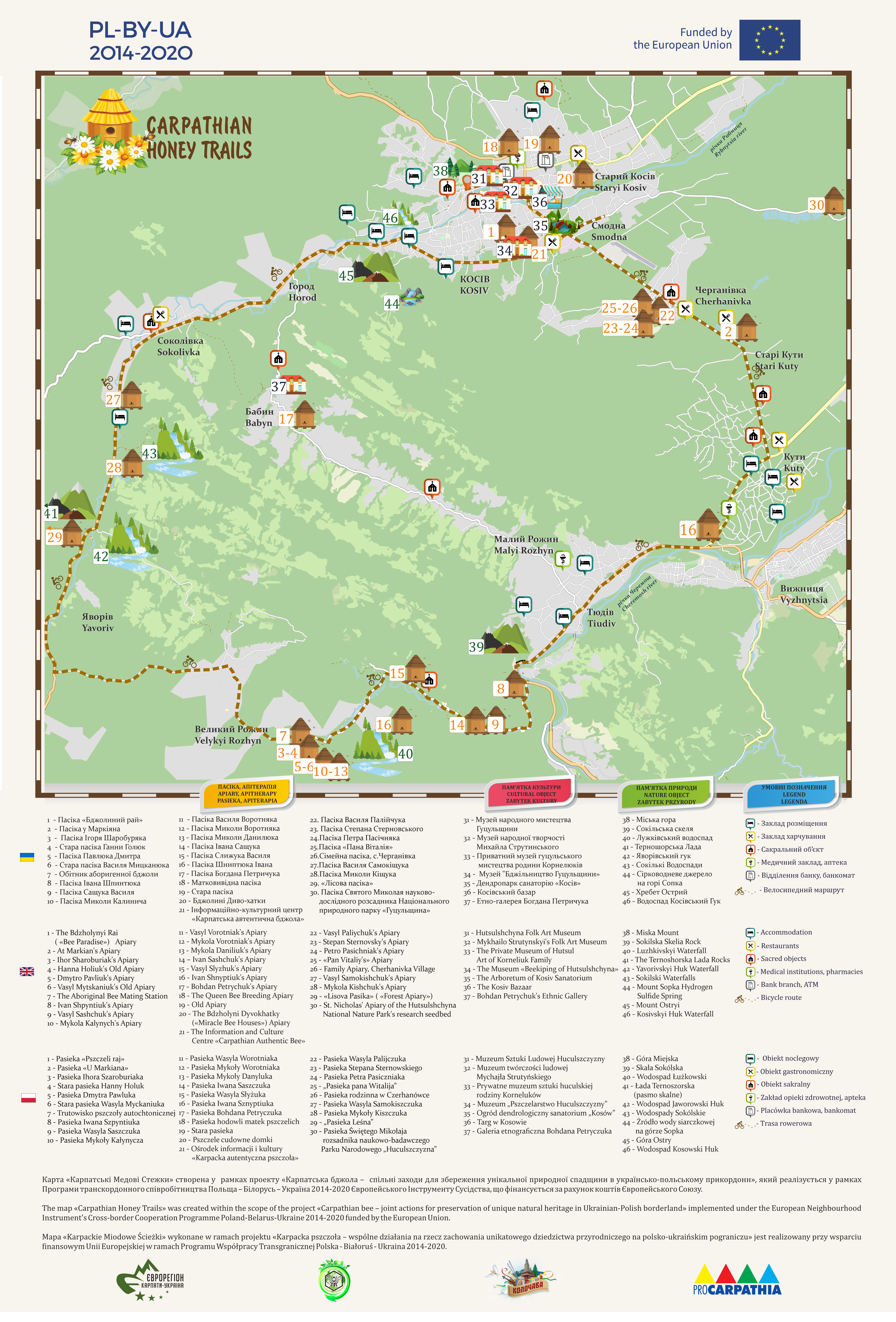
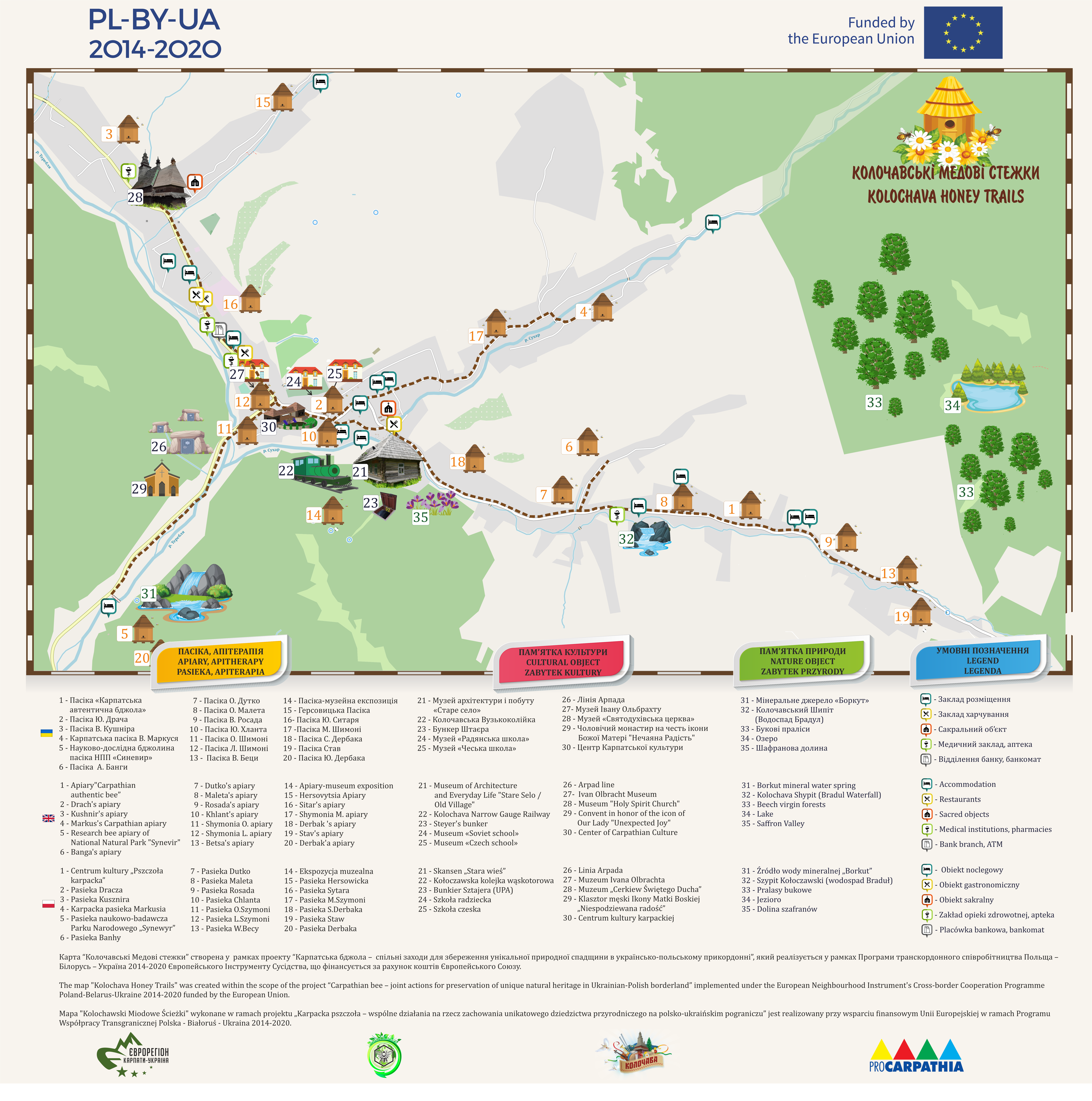
3. Rzeszów (PL)
![]()
![]()
PROMOTIONAL BROCHURE
A promotional brochure published in three languages entitled "Beekeeping in the Polish-Ukrainian borderland" contains texts on the history of beekeeping in the Polish-Ukrainian borderland, the current situation in this field, the Carpathian bee, activities aimed at recreating this unique breed and maps of the five Carpathian honey routes.
![]()
CARPATHIAN NEWSLETTER
A special issue of the magazine devoted to beekeeping in the Carpathians was prepared and printed.
![]()

The beneficiaries of the project reached for the proven forms of promotion. They invited an influencer, a traveler who has been running his own blog since 2015, to make a promotional movie. The movie promotes beekeeping traditions and draws attention to the need to preserve and popularize the breeding of the original breed of Carpathian bees as an element of the natural heritage of the Polish-Ukrainian borderland.
Was this page useful?


